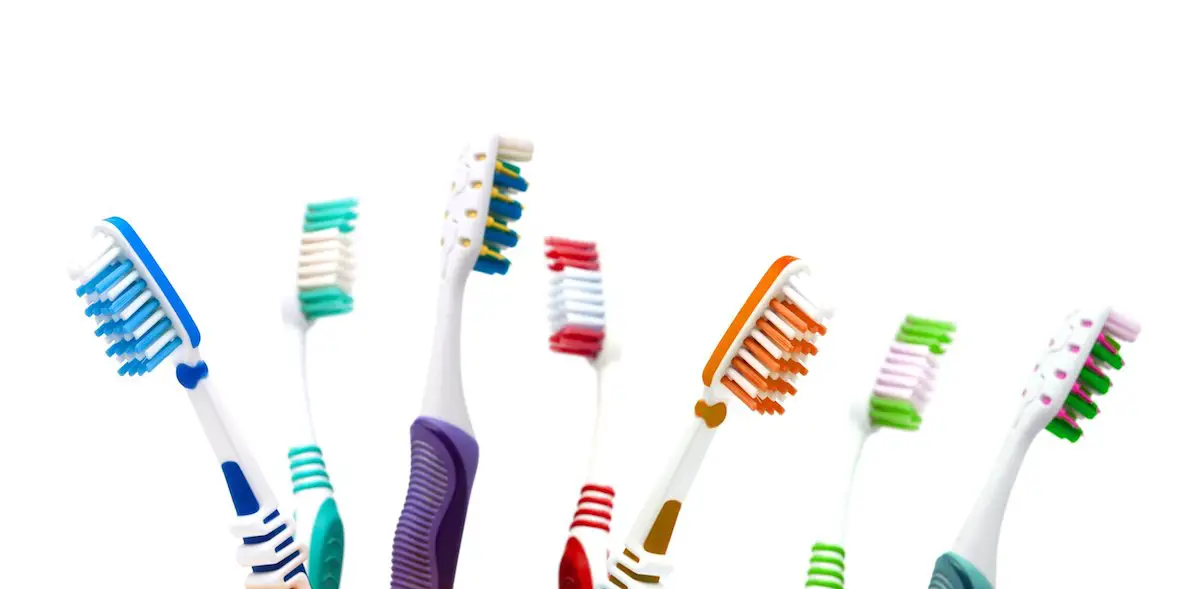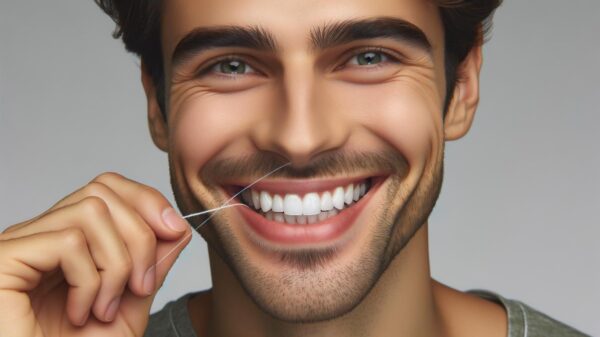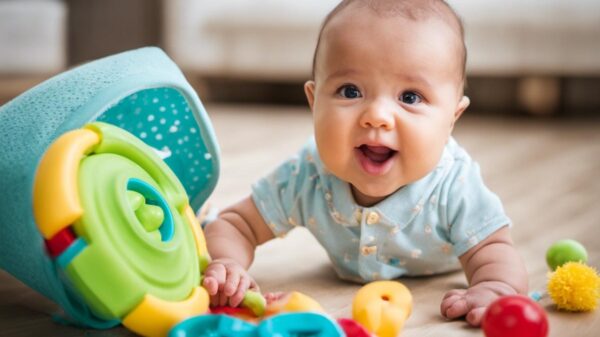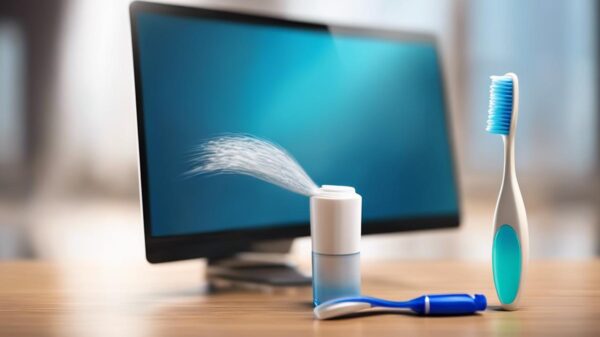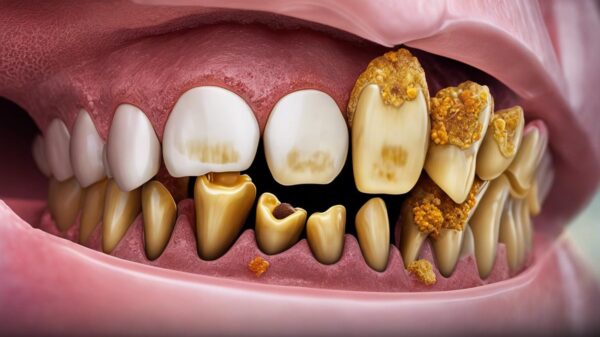Hard-Bristled vs Soft-Bristled Toothbrushes
When it comes to maintaining your oral health, it all starts with your toothbrush. So how do you know what kind to use? Are hard bristles better for your teeth and gums, or are soft bristles better? With so many different kinds of toothbrushes on the market, how do you choose the right one?
Which is better for cleaning your teeth, a hard or soft-bristled toothbrush? Though it largely comes down to personal preference, it is recommended to use soft-bristled toothbrushes for teeth cleaning. As soft-bristled toothbrushes are more effective in cleaning your teeth, all while not damaging your gums.
If you have some of these questions, you’ve come to the right place! In this article, we will talk about what kind of toothbrush is best for cleaning your teeth and what else you can do to maintain optimal oral health. Keep reading to find out more.
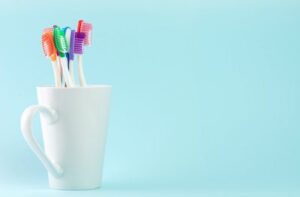
Which Is Better for Teeth Cleaning, a Hard or Soft-Bristled Toothbrush?
While many people tend to think that a hard-bristled toothbrush is better and more effective at cleaning your teeth than a soft-bristled toothbrush, this is not the case. If anything, it is the opposite of what many people believe, as hard or medium bristles can actually be more harmful to your teeth because they can wear away your tooth enamel.
While soft bristles are more effective at removing food and plaque build-up and they are easier on your teeth and gums. Using a soft-bristled toothbrush does not mean you have to brush harder, as long as you have a good technique that reaches all the nooks and crannies, your teeth will be clean and happy.
As far as the color of the toothbrush and size of the head – that is all up to you! Now that you know what kind of toothbrush is best, let’s go over some of the best practices for clean and healthy teeth and gums.
Choosing the Right Toothbrush
You’ve been to the store and have seen all the options available to you when it comes to toothbrushes. So, how do you choose? What are all the things you should consider? First, you should consult with your dentist to see what their recommendations are, then you can head to the store and pick one out yourself. You need to pay attention to:
Brush Head Size and Bristle Design
The opposite of what many people may think, small brush heads are actually better at getting into the hard-to-reach places in your mouth. When you go to the store, look at the brush head and the design of the bristles in terms of how they are set up, the lengths, and the angles, as these can all impact their reach.
Soft Bristles
We already explained how soft bristles are much better for the health of your teeth – they are gentle on your teeth and gums and can still reach in between your teeth. They do tend to wear out a bit more than hard bristles, but in the long run, they are a much better choice.
Handle and Grip
Hopefully, you don’t brush too hard to be losing your grip on your toothbrush, but in any case, having a grip on the handle can make it easier to use. Handles are designed differently on toothbrushes and can be more comfortable than others, a grip also helps you use the toothbrush when it gets wet and makes it easier to coordinate different angles when brushing.
Apart from these few things, it is up to you to decide on a color or brand! You probably never even realized the differences between all the toothbrushes available to you, but now you can go to the store and find the perfect one.
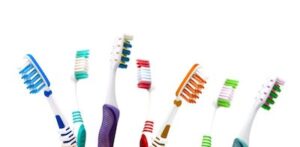
How Often Should You Replace Your Toothbrush?
Most people only replace their toothbrushes when they go to the dentist and get the one they are handed at the end of their appointment and this is not often enough! Truthfully, you should replace the brush as soon as you begin to notice some wear and tear, but ideally, this would be every 2-3 months. So, to keep that in perspective, if you visit your dentist every six months (as you should) you should replace your toothbrush in the middle of that timeframe.
Some other things you should keep in mind when considering replacing your toothbrush include:
If the Bristles Have Become Hard
Hopefully, you decided to go with a soft-bristles brush, and if so, once you notice that the bristles have become hard and stiff it is time to toss the brush out.
After You’ve Been Ill
Bacteria and germs stick around so if you’ve been ill, you should consider changing out your toothbrush so as to not reintroduce that harmful bacteria once you’ve gotten healthy again.
After You’ve Been Traveling
Packing a toothbrush for travel can be complicated because closed containers trap bacteria and don’t allow for the bristles to dry. Once you get home from your travels or trip, replace your toothbrush so that you start fresh and don’t have any lingering bacteria left behind.
One of the best ways to ensure you aren’t caught in a pickle when you need to replace your toothbrush is to purchase a pack of them when you go to the store. This way, you’ll always have an extra or new one in case you need it.
Are Manual Toothbrushes Better Than Battery-Operated?
Another thing to think about when picking out a toothbrush is the manual vs. electric choice. Again, this often comes down to personal preference, but there are benefits to both. Electric toothbrushes vibrate and rotate to help remove plaque buildup around your teeth and along your gums. Sometimes this is more effective than a manual toothbrush because you don’t have to angle the brush as much.
Electric toothbrushes are better for individuals who have limited mobility and can’t properly angle the brush to reach in between teeth. Some electric toothbrushes also have timers that can help you brush with ease, not having to think about how long to brush.
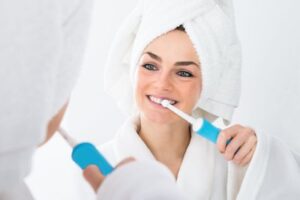
However, you will still need to remember to replace the brush head every 2-3 months because they experience the same kind of wear and tear as manual toothbrushes.
While electric toothbrushes can make some things easier, dentists have found that manual toothbrushes are just as effective, and they don’t cost as much. As always, talk with your dentist to see what they recommend, but for the most part, it will come down to your preference.
Choosing the Right Toothpaste
We’ve covered how to choose the right toothbrush, but what about toothpaste? There are just as many options to choose from, with some being much more effective than others. Again, you should talk with your dentist to see what they recommend and take into consideration your personal preferences.
Likely your dentist will recommend a toothpaste that has at least 1,000 parts per million fluorides, as well as the American Dental Association stamp of approval. Once this has been established, you can take your preferences into account. If you have sensitive teeth, look for a paste that is gentle on teeth. If you prefer spearmint instead of wintergreen, there are many kinds of toothpaste just for you.
As far as whitening toothpaste, they do work but not necessarily in the short term and, if used for a long time, it can cause sensitivity issues. If you are wanting to whiten your teeth, discuss with your dentist what is effective, makes sense with your budget, and will get you the results you desire. As long as the toothpaste contains fluoride, you should be good to go.
Maintaining Proper Oral Health
We’ve discussed the importance of the different toothbrushes, how often you should replace your toothbrush, and what to look for when picking one out. Now, let’s be sure we all know how to maintain our oral health properly so that we can avoid any extra costs or problems down the road.
It is recommended that you visit your dentist every six months, or twice a year, for regular cleanings and x-rays. These visits allow your dentist to remove any plaque build-up that your brush may not be able to reach, check on the movement of your teeth, and make sure there aren’t any problems. Often times they will also do an oral cancer screening by checking your tongue, cheeks, throat, and lymph nodes.
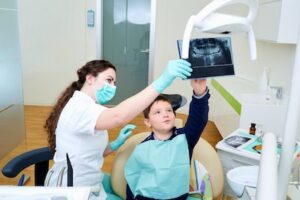
Every time you visit your dentist, you probably leave with them telling you to floss every day. This is part of proper oral health care that goes hand-in-hand with brushing twice a day. Flossing is important because it gets in between your teeth and removes left-behind food that your toothbrush can’t always get to. While flossing after brushing your teeth is recommended, you can take it a step further by flossing after you eat as well.
Conclusion
If you follow all of these steps, your chances of having cavities, tooth decay, gingivitis, or other dental issues are reduced significantly. Regular visits make sure that your dentist catches anything that could become a major problem down the road – also eliminating unnecessary costs if caught in time.



